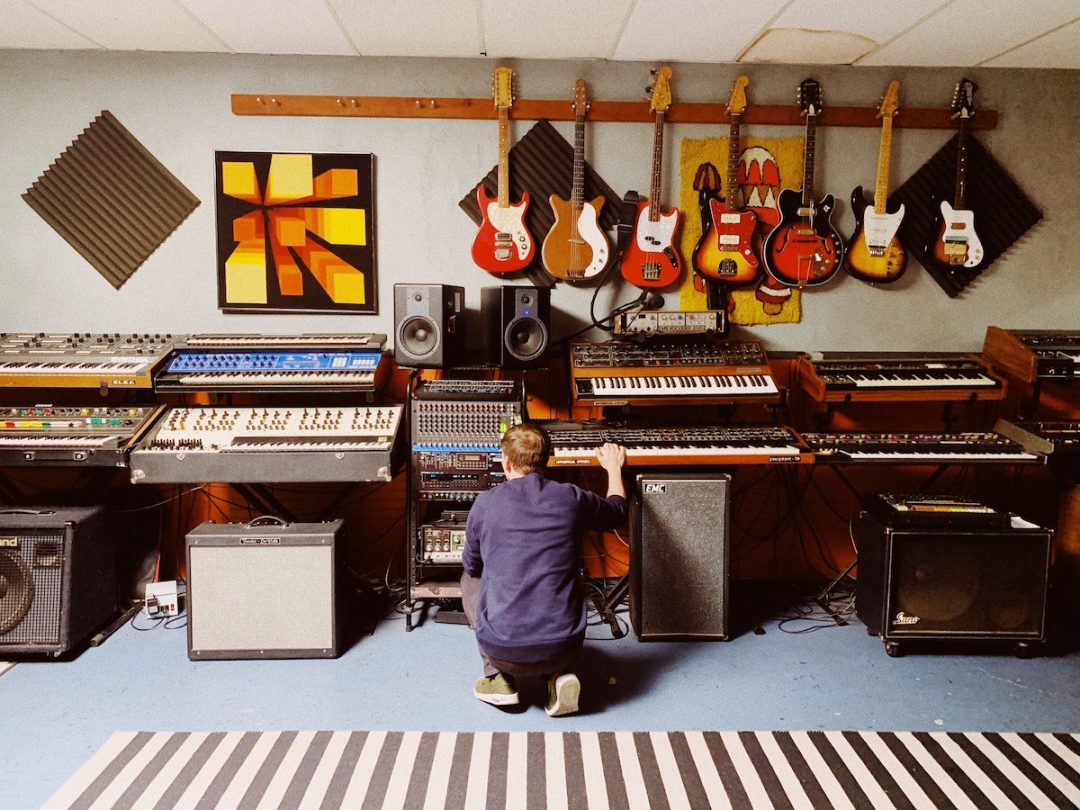Digital synthesizers have gotten really, really good. We have analog emulations of classic synths that sound pretty darn incredible, and we have fully digital virtual instruments which are different beasts altogether. That said, there are still moments we’re left wondering how to make soft synths sound analog.
How to Make Soft Synths Sound Organic
The biggest issue one might have with virtual synthesizers is how sterile they can sound. Many folks have made the claim for digital audio as a whole being lifeless and too pristine. That’s a conversation for another time, but if you’re noticing an inherent artificialness in your software synths, you’re probably asking how you can make it sound more analog.
Luckily, it isn’t too difficult to make a soft synth sound more analog — whatever that means to you. For reference, usually when we think of something as being “analog” sounding, we’re talking about some sort of saturation, fullness, and even a touch of unpredictability. In other words, not pristine and not hi-fi.
Honestly, it’s a matter of 1), identifying what you love about an analog synth and 2), trying to recreate that in the digital domain. Sometimes we can it do within the instrument itself; other times we need a few more plugins and tricks to get closer to our vision.
The following are several easy ways to make your soft synths sound analog.
Detune
This is a big one, and it’s responsible for a lot of that fullness people associate with analog. Old school synths use multiple oscillators, either slightly or drastically detuned from one another.
The result is a massive, thick sound that isn’t brittle or too perfect. It’s mean, it’s gritty and edgy, and it’s a little out of control — just like a real analog synthesizer.
Noise & Distortion
A lot of good virtual synths have the option to add noise to the signal. This helps emphasize some of the instrument’s harmonics, even though it seems harsh and shrill on its own. Again, a lot of what we associate with analog recording as a whole is noise. Not necessarily super obvious hiss and buzz and hum, but subtle noise that the gear generates, and trying to print hot to drown that noise out. It’s all a part of analog recording that our ears tend to love.
You can even throw saturation on a virtual synth. Many have some sort of built-in drive, but don’t be afraid to grab your favorite saturation plugin and toss it on there. Tape, tube, whatever the flavor, try it to make your soft synth sound analog.
Filter & EQ
Filters/EQ might just be the single most powerful way to soften up virtual instruments. When we think of analog versus plugin synths, the latter often sounds too bright and too harsh. It’s imperative to dial in that filter cutoff frequency on the instrument to get rid of that hi-fi sterility in the top end.
But it doesn’t have to stop there. Grab your favorite EQ plugin and go to work. Whatever your favorite analog characteristic is, frequency wise, try to emulate that digitally.
Effects
Finally, we have effects. We’ve talked about richness being a hallmark of analog sound, and we’ve discussed some ways you can minimize the tinniness of digital synths, making them sound bigger and fuller. Try whatever effects are your in arsenal too!
Chorus is a big one. Not a ton of it, but just a touch will add some spaciousness to the overall. Reverb is another one. Sometimes synths are just way too dry, and could use a bit of space to help them sit back in a mix in a natural and pleasant sounding way. Short delays can create a similar effect.
If you’re having trouble with getting your soft synths to sound analog, don’t be afraid to experiment with all of the tools at your disposal. Remember, it usually starts by identifying what “analog” sounds like to you, and making it happen in the DAW.
